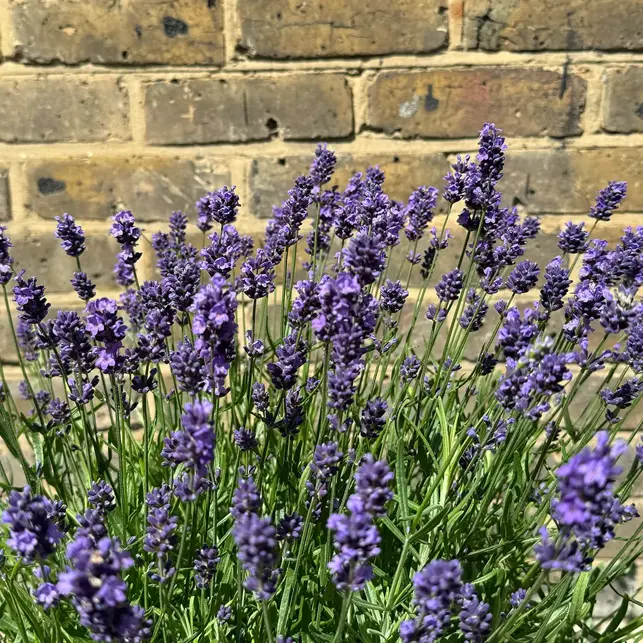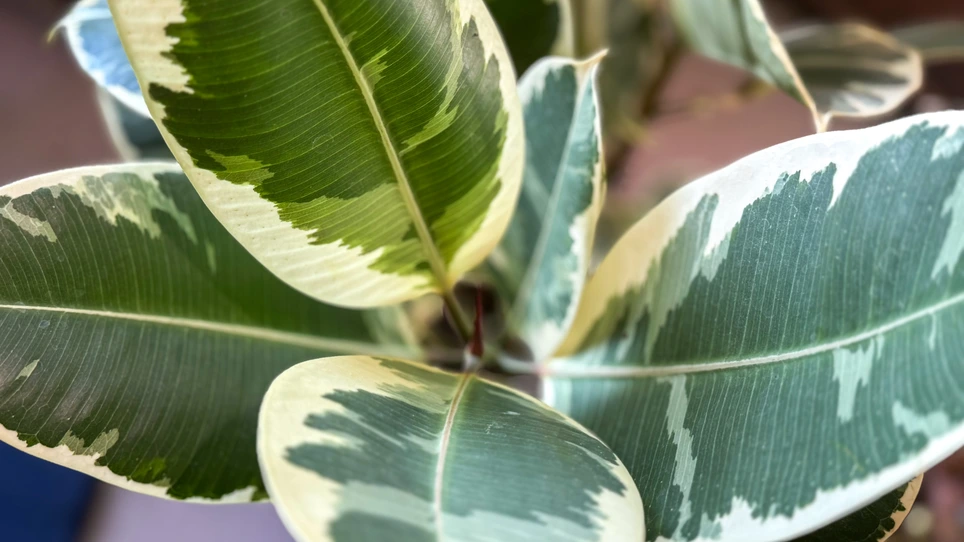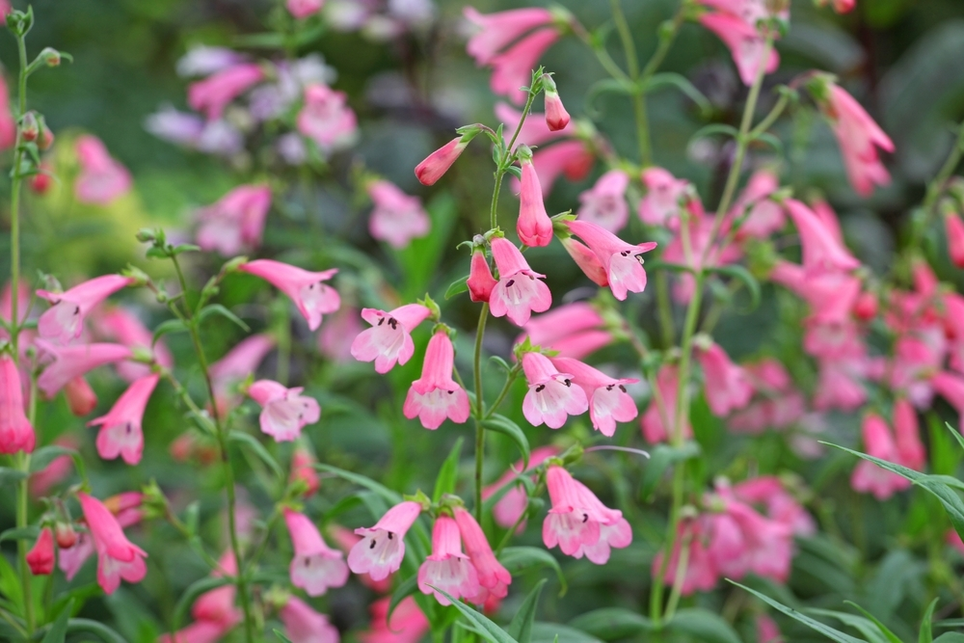
Deciding to create a pollinator garden is an exciting moment because it will bring so much joy to your garden while helping all-important pollinators to survive and help to pollinate your plants. It is a win-win decision! Many pollinators, especially bees, are in decline, but there are many ways you can give them a helping hand in your garden, even if you have a small space such as a balcony. It’s not just bees that pollinate plants. Butterflies, moths, beetles, lacewings and many other insects are encouraged into your space.
Nectar-rich plants
One of the most important things to consider to encourage pollinators in your garden is the range of plants you will grow. Pollinators will be attracted to the sweet nectar in many plants for pollinators. It’s lovely to see how fast they can find a plant with nectar. They will visit for a drink, the pollen will end up all over their legs and body, and they will then transport that to another plant. Look out for the plants for pollinators’ sign-on plant labels, including a bee illustration. Some of the best include:
- Borage,
- Echinacea,
- Lavender,
- Sunflowers,
- many flowering herbs.
There are so many to choose from!
All year interest
The garden may be quieter during the colder months, but some pollinators will still be around. Not just looking for nectar but perhaps a home, some shelter and a place to hibernate over winter. Ensure you have a mix of evergreen and deciduous shrubs and winter flowering plants. Allow your perennials to overwinter without cutting them back so insects can shelter and feed on them.
Let the garden grow wild
One of the easiest ways to help pollinators is to simply let your garden grow - or at least a part of the garden. By allowing grass to grow long and wildflowers to bloom, even some well-known ‘weeds’, you will be letting nature provide for pollinators without having to do anything at all. Dandelions are essential early nectar sources for bees, and nettle flowers will attract ladybirds and other insects plus, if you let your lawn grow, you never know what you might find.
Use natural pesticides
An essential part of gardening for wildlife is to ensure you don’t use pesticides or anything gardening practice that can harm any form of wildlife.
Design for overall biodiversity
Ensuring you have a biodiverse space is essential for pollinators. Include piles of logs/wood/twigs for hiding places, bird and bat boxes for nesting and rest, lots of shrubs and trees with berries for food and a pond (even a pond bucket in a small space) for water and amphibians.
Visit us in store to find your plants for pollinators.







